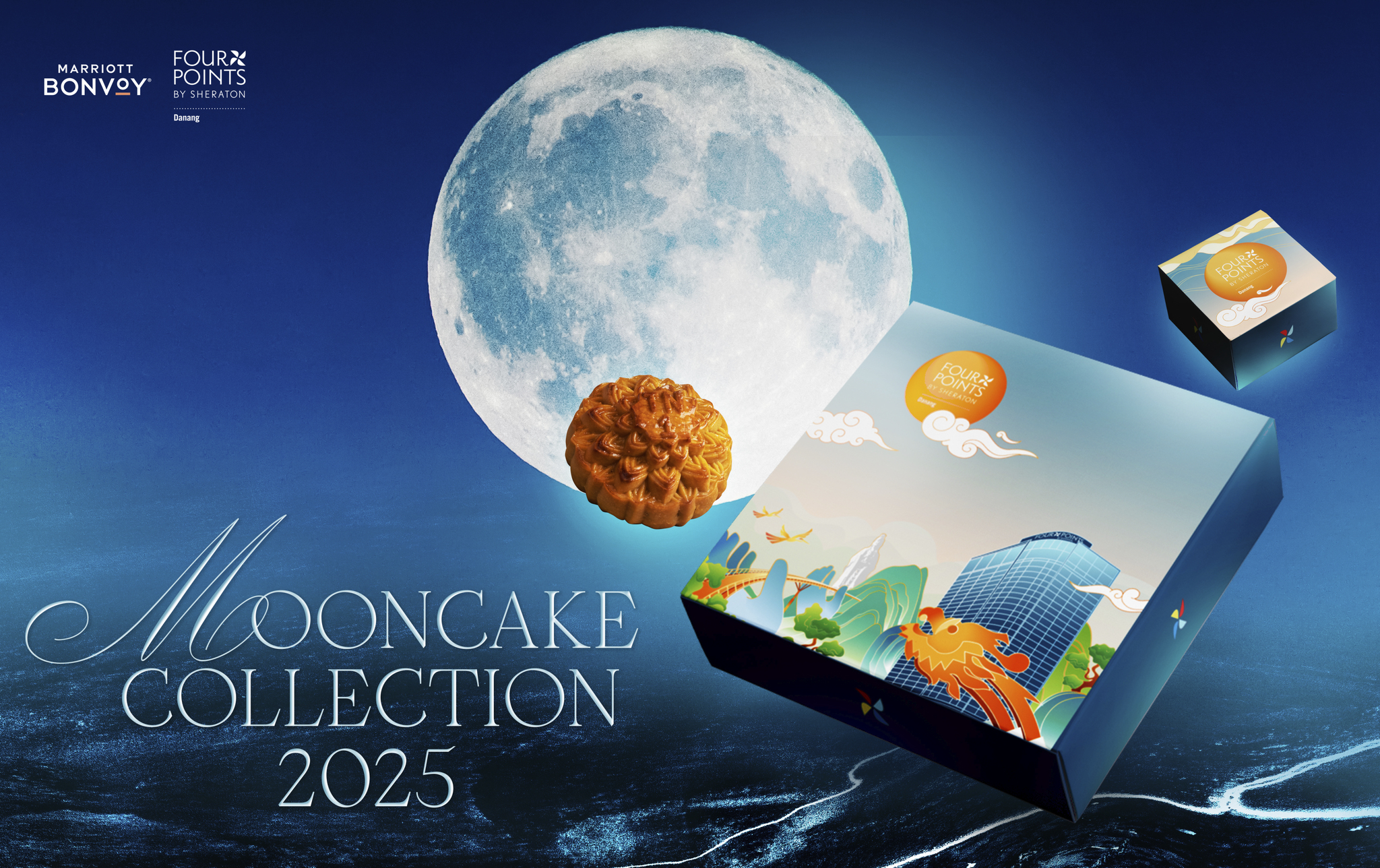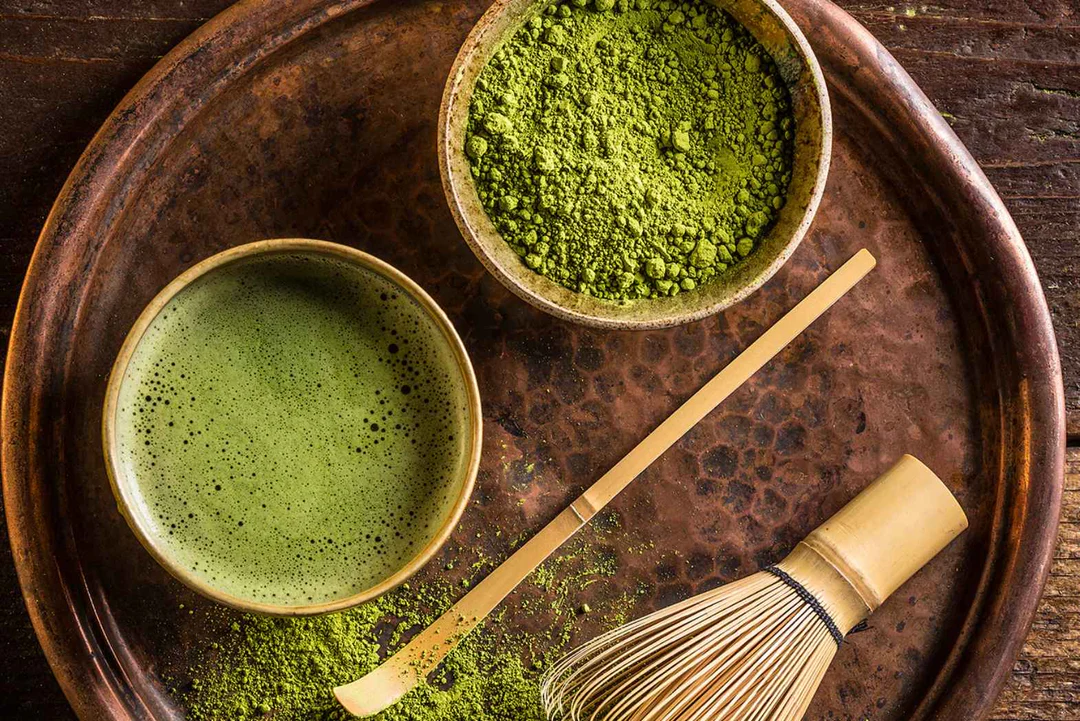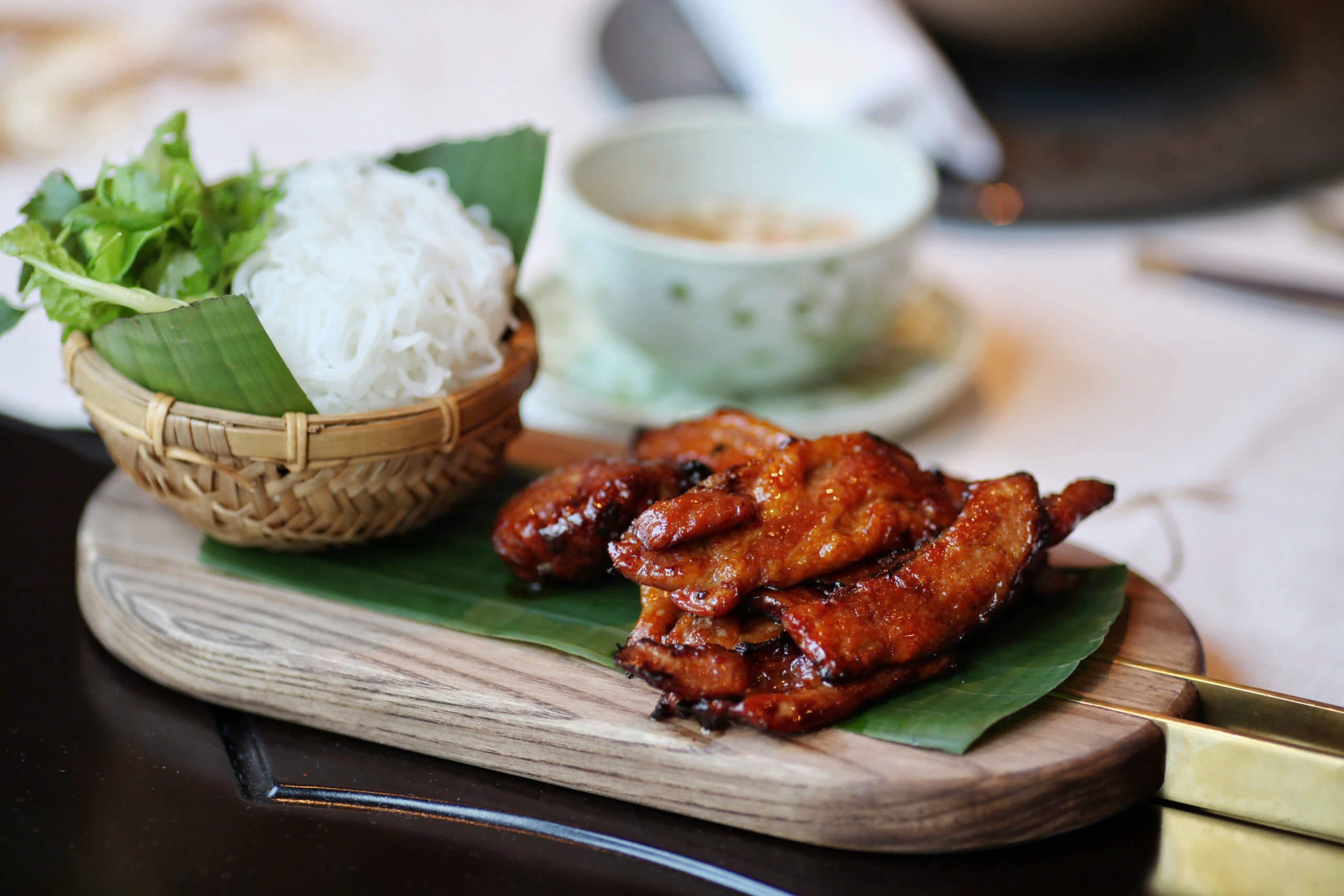artLIVE – Matcha is becoming incredibly popular worldwide. From social media feeds to cafes, its vibrant green color is everywhere. Let’s explore why this traditional tea has become so popular with young people today.
Matcha – A new global trend
Matcha has become a global phenomenon, a traditional product that fits perfectly into modern life. It’s no longer just a simple drink; you can find it in creative forms like lattes, mochi, tiramisu, and ice cream.
The striking green color is a major reason for its popularity. This special tea powder is used as an ingredient in candies and cookies, and it has become a star in beverages. With its subtle earthy, grassy flavor and a hint of pleasant bitterness, the green powder works magic when combined with milk and sugar. Beyond the classic latte, matcha is making its way into creative cocktails and desserts, offering a new world of taste experiences.

Photo: souschef.co.uk
The beautiful, eye-catching color, along with its association with a ‘healthy lifestyle’, has helped it dominate social media. It appear in vlogs, reels and content with themes like “get ready with me,” cooking tutorials, daily routines, attracting millions of views. The daily ritual of preparing provides a moment to relax and recharge.
This type of tea is available in many varieties and price points, catering to different needs. It doesn’t require expensive equipment, you just need the right tools. The visually appealing and colorful preparation process is perfect for creating content on platforms like TikTok and Instagram.
Its rapid global spread is proof of powerful appeal. As demand grows, a wave of cafes dedicated to this Japanese tea is opening up.
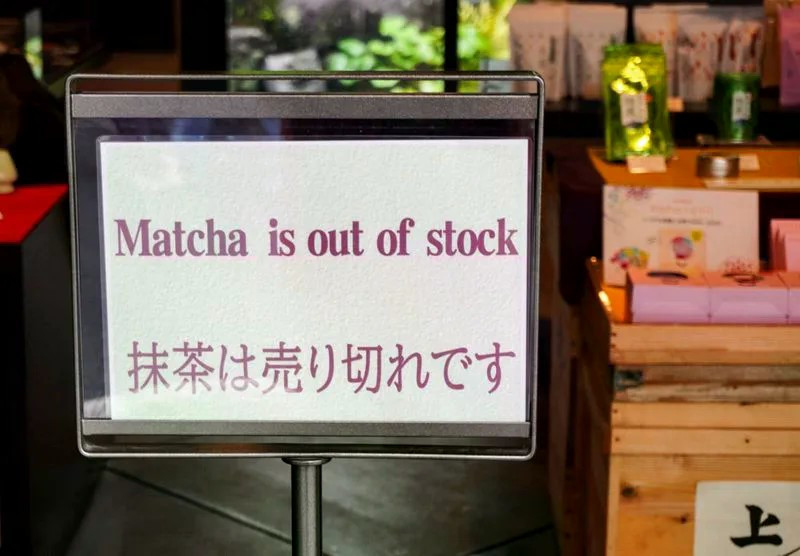
Photo: Yahoo
In 2024, Japan produced around 5,336 tons of tencha, but the finished matcha output is expected to decline due to extreme weather and limited production capacity. Even with record-high production, over 50% is exported, creating domestic supply pressures.
What makes matcha so special?
A unique origin and production process
This gift of nature is cultivated in Japan using a distinct production process that sets it apart from other green teas. This includes three key steps: shading the tea plants before harvest, removing stems and veins, and grinding the leaves into a fine powder.
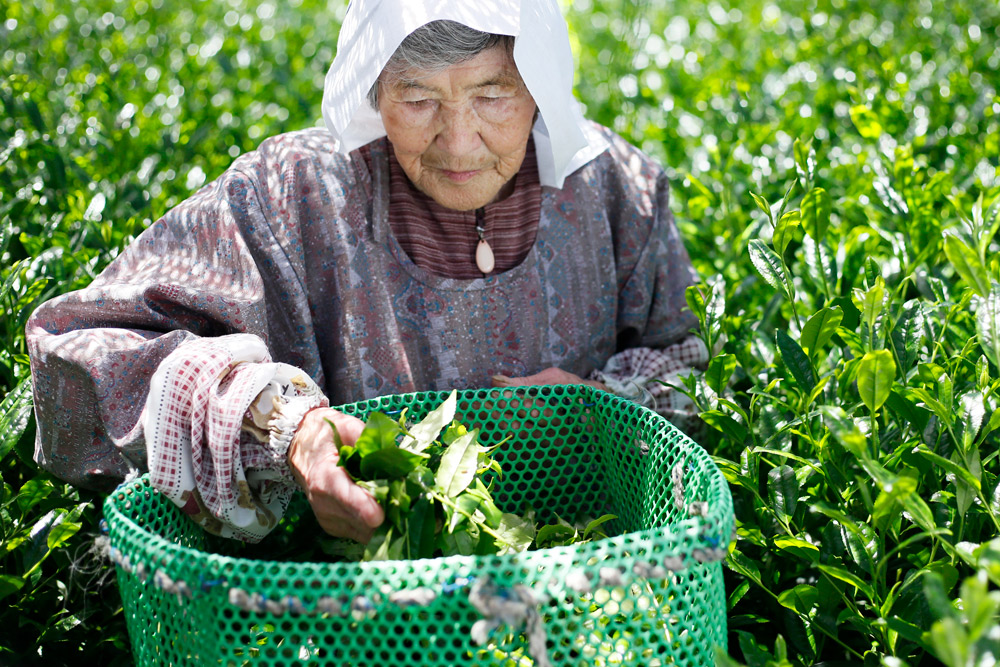
Photo: Aiya Matcha
Tencha, the raw material for matcha, undergoes meticulous processing – shading, steaming to prevent oxidation, drying, and removing all stems and veins to retain only the tender leaf. Finally, the leaves are ground slowly with stone mills. This process helps preserve sweet, mild flavor, rich nutrients, and signature calming effects.
In contrast, regular green teas like sencha are grown under direct sunlight, resulting in bolder, more astringent flavors. They retain whole leaves and are pan-fired or roasted to halt oxidation, producing a toasty flavor profile.
Meticulous preparation ritual
To prepare matcha correctly, water should be heated between 70–80°C (158–176°F) — warm enough to dissolve the powder without degrading its beneficial compounds. This step is crucial for preserving delicate, nuanced flavor.
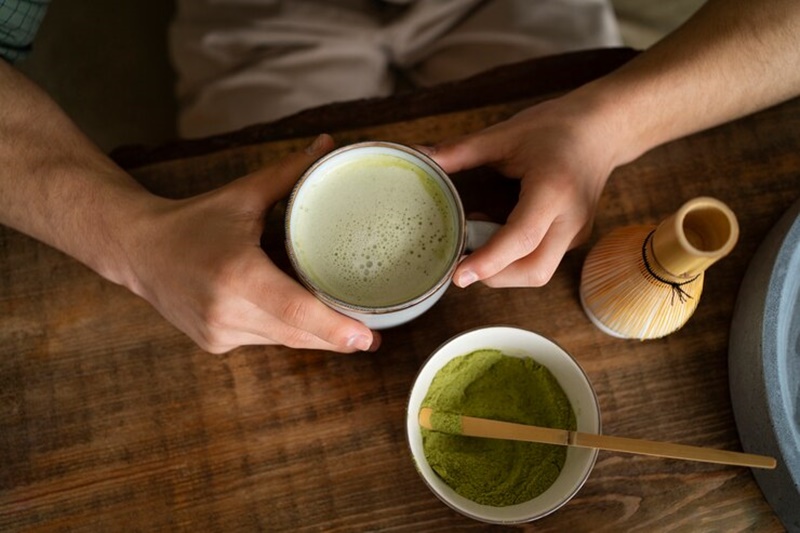
Photo: medlatec.vn
Sifting the powder beforehand is also essential to eliminate clumps, ensuring a smooth and velvety texture for the best tasting experience.
Skipping these key steps or treating matcha like a regular tea bag results in a bitter, dull brew that lacks the signature freshness and finesse.
A sophisticated and mindful flavor
The Japanese tea offers a refined, balanced flavor marked by natural umami (a soft, sweet-savory) note that becomes more pronounced in premium grades. Its mild bitterness and astringency round out the flavor, with lingering grassy tones and a creamy texture reminiscent of nut milk. The powder dissolves fully, leaving no residue, offering a clean and immersive tasting experience.
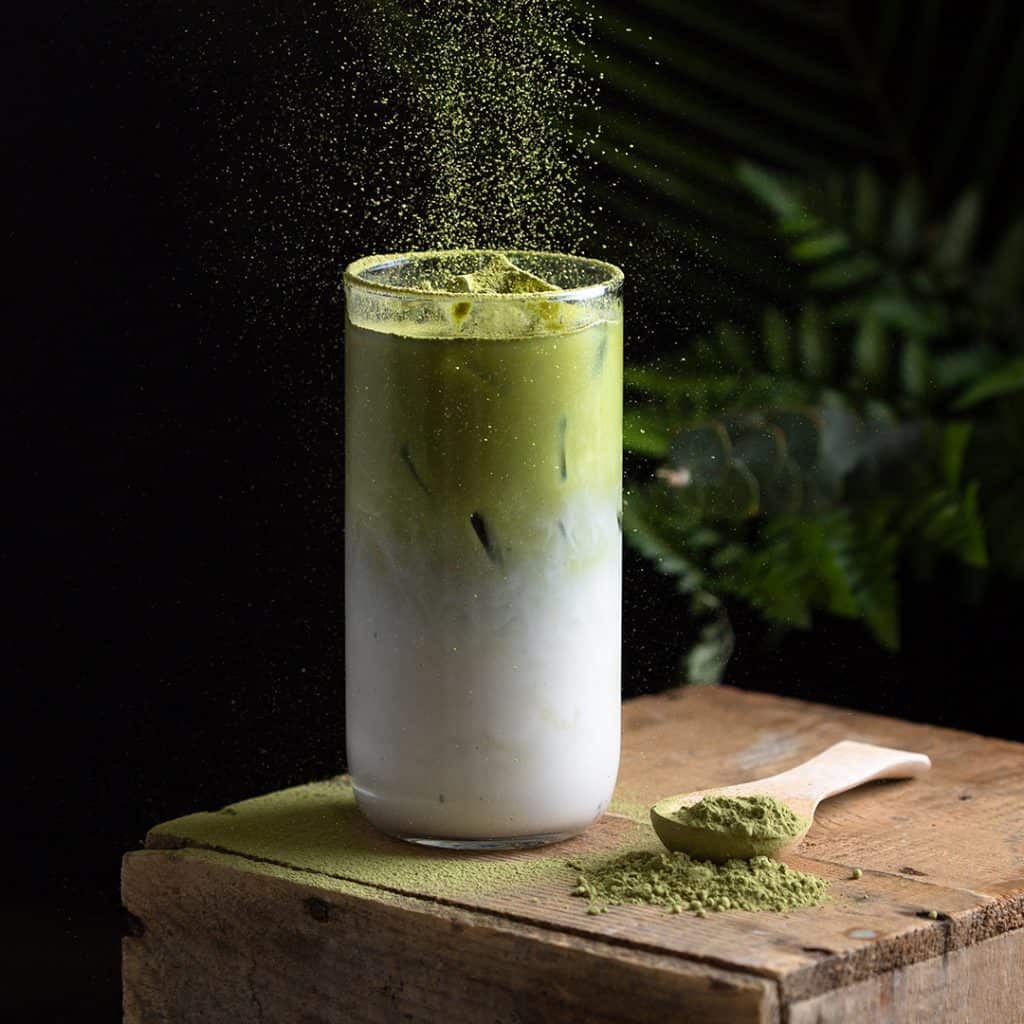
Photo: mocktail.net
This traditional tea captivates not only through taste but also with its vivid green appearance. The bright emerald color signals high quality and reflects careful cultivation, rich chlorophyll, and amino acid content. When prepared properly, it is blended into a lustrous green liquid, bringing a fresh, natural feeling.
Matcha is trending with the younger generation
Gen Z is increasingly prioritizing both physical and mental well-being. They look for mindful rituals that restore balance, and preparing delivers exactly that. From the gentle whisking to slow sipping, it creates moments of calm and clarity, seamlessly fitting into a self-care lifestyle.

Photo: YouTube
With its vibrant green color and photogenic preparation, especially the traditional bamboo whisking technique, ceremonial green tea is tailor-made for visual platforms like Instagram, TikTok, Facebook… ‘morning routine’ and ‘get ready with me’ clips often feature the perfect cup of matcha, boosting its popularity through viral content.
The incredible health benefits of matcha
Matcha offers a host of health and wellness benefits thanks to its high antioxidant content, particularly catechins. This special green tea from Japan helps protect cells from free radical damage, slowing aging and boosting immune health.
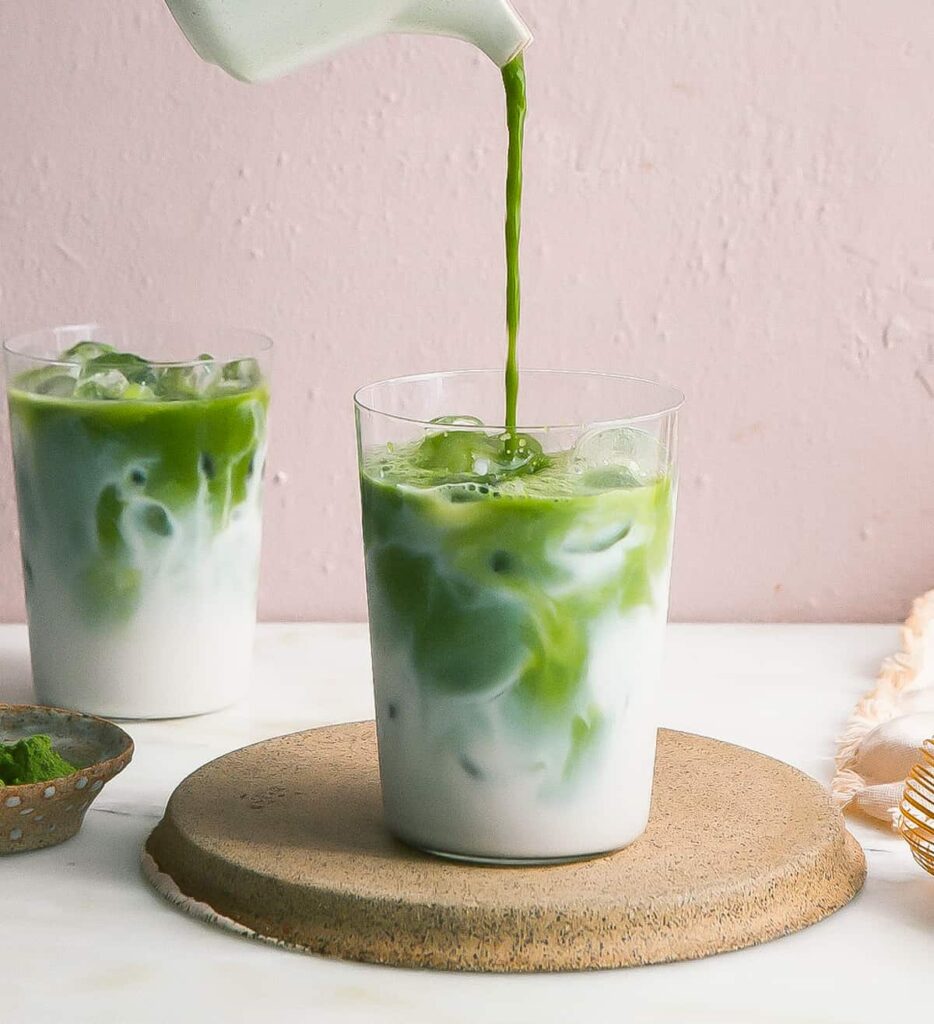
Photo: lorca.vn
Its moderate caffeine level, paired with L-theanine, an amino acid, promotes calm alertness. This combination enhances focus without the jittery side effects often associated with coffee.
Green tea powder also supports metabolism, aids in weight management, and helps regulate blood sugar. Its natural detoxifying properties contribute to clearer skin and better overall vitality.
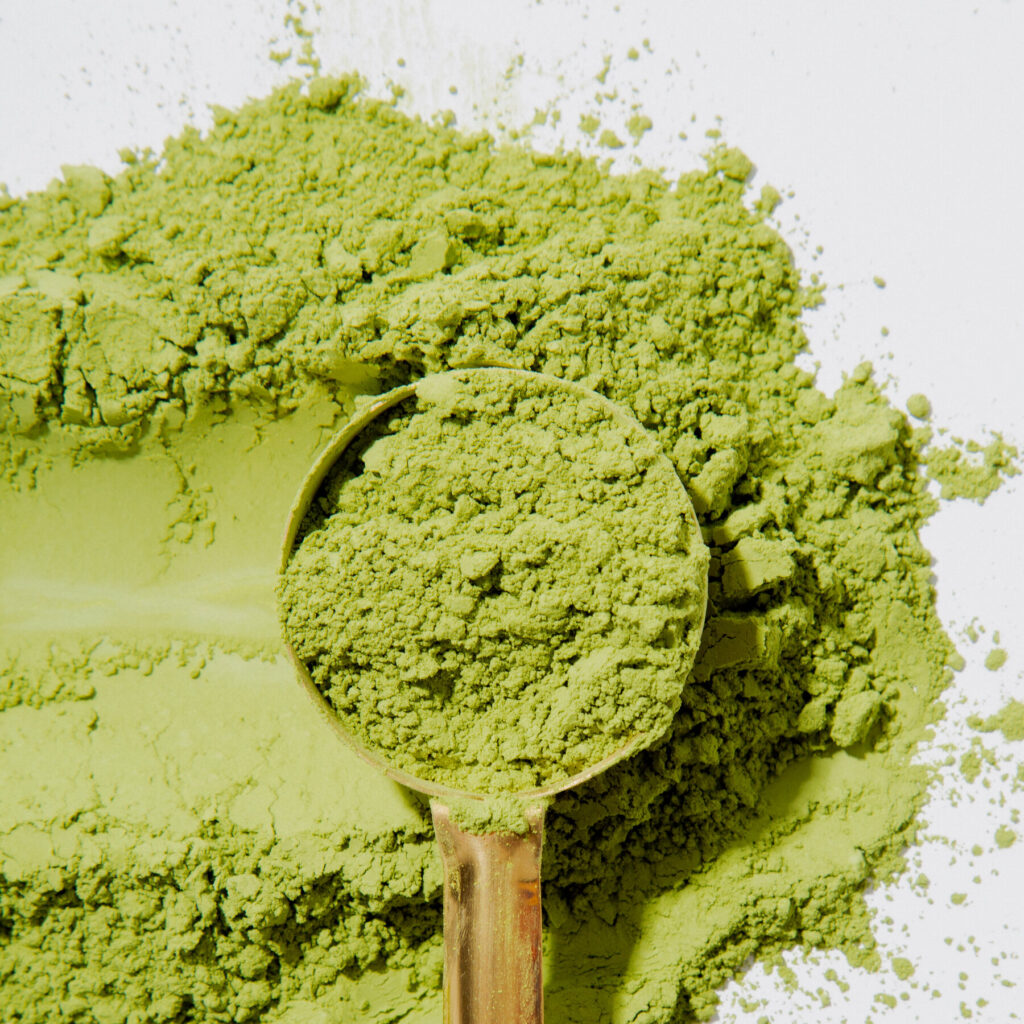
Photo: nytimes.com
Source:
Artfultea
Fine Dining Lovers
International Tea Committee
Matcha.com
People.com
Reuters
